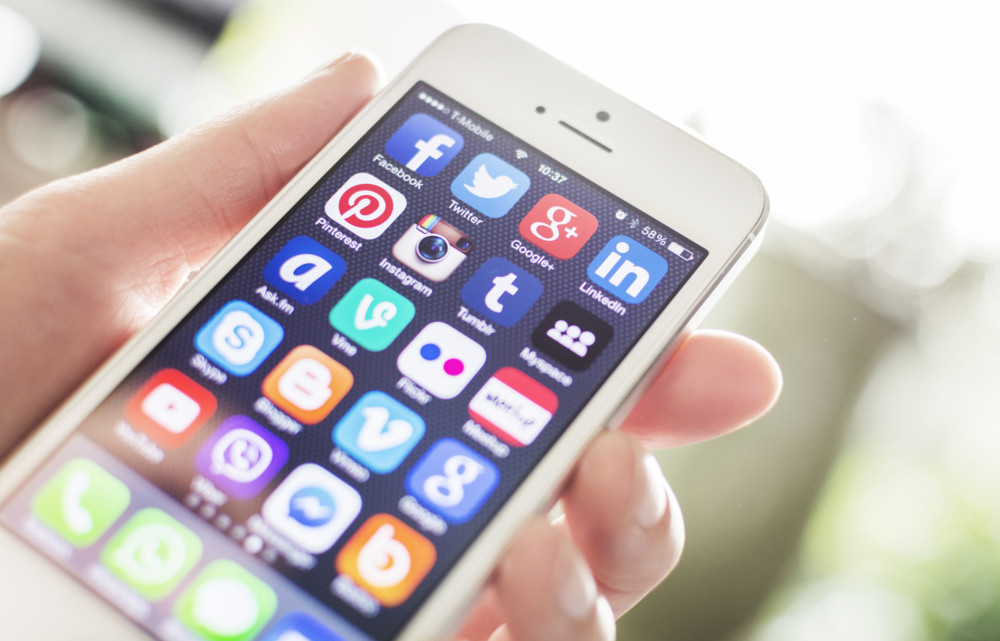By Ann Marie van den Hurk
Lexington Herald-Leader
WWR Article Summary (tl;dr) According to new research by social media security firm ZeroFOX, the number of fake social media profiles created for fraudulent purposes increased 1,100 percent from 2014 to 2016. But as PR expert Ann Marie Van Den Hurk points out, there are steps you can take to protect yourself and your brand.
Lexington Herald-Leader
The use of social media can give small businesses a big boost. But social channels can also be minefields of trouble.
Potential headaches include fraudsters falsely assuming your or your business’s identity, what’s called “brandjacking”, with the intent of ruining your reputation or scramming consumers.
Brandjacking, unfortunately, is pretty easy to pull off, requiring only a Twitter, Facebook or Instagram account and a desire to inflict damage on a targeted organization. And the issue is getting worse.
The number of fake social media profiles created for fraudulent purposes increased 1,100 percent from 2014 to 2016, according to new research by social media security firm ZeroFOX.
Meanwhile, research from ProofPoint, a cybersecurity company, suggests social media phishing attacks have become disturbingly common. More specifically, the firm has seen a rise in what are called “angler phishing” attacks, in which a fake customer support account is set up to lure consumers into giving out their personal information.
Other scams include verification phishing, in which troublemakers impersonate actual social networks by offering users allegedly verified accounts and then asking those users to provide personal information as part of the bogus verification process. There’s also ad phishing, in which the fraudsters set up fake corporate accounts on their made-up social networks, making them look more legitimate and proliferating their scam.
These traps are well developed, and the con artists, to make things seem more realistic, will participate in online discussions and back-and-forth tweets before directing users to other, less-public channels like email and direct messaging.
You should also look out for malicious URLs embedded in social media posts, which can direct users to malware or credential-harvesting sites.
And while the big social networks all have established policies and protections in place to combat fraud, given their millions of users, the platforms can’t be fully policed.
All of this creates a tricky environment for brands. But there are at least two good ways to prevent your brand from being hijacked and used for ill gains:
-Officially register your business on every social media platform, including new ones, even if you aren’t planning to be active on them.
-Use monitoring tools to not just keep track of customer service needs, but also dodgy activity.
Awareness can help you battle these scammers and keep them from damaging your business and the trust of your customers.
___
ABOUT THE WRITER
Ann Marie van den Hurk, an accredited public relations professional, is principal of Mind the Gap Public Relations and author of “Social Media Crisis Communications.”














































































































































































































































































































































































